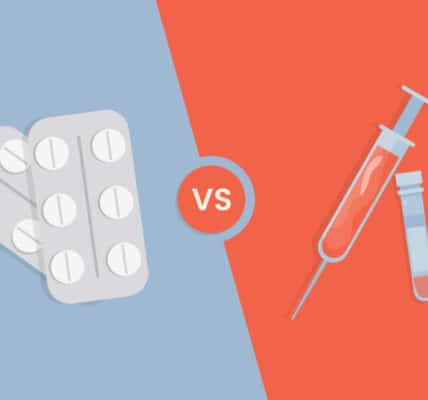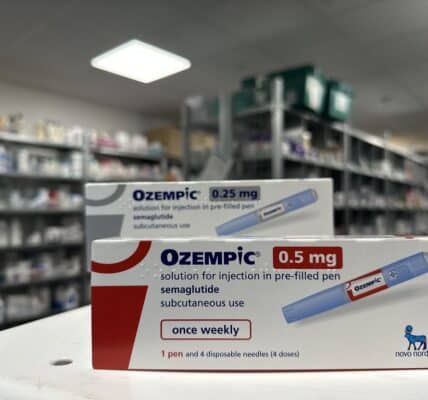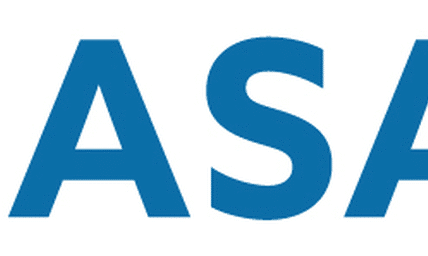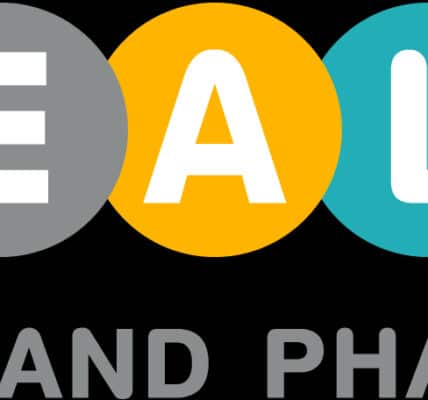Dr. Anna Lembke on Using GLP-1 Drugs to Treat Addiction
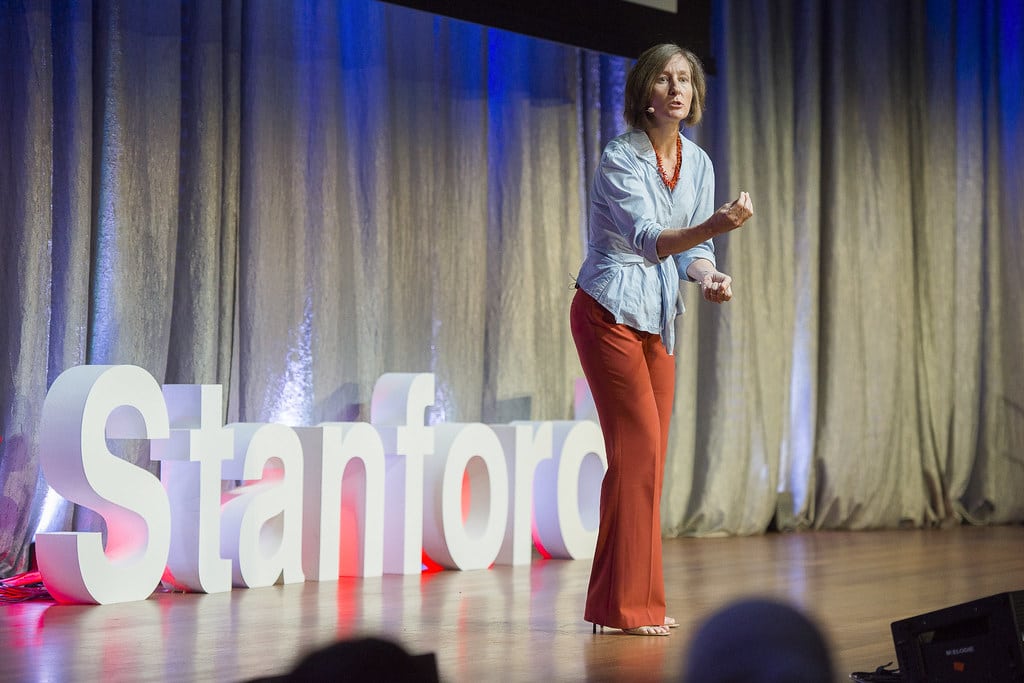
One of the nation’s leading experts on addiction treatment, Dr. Anna Lembke, head of the Stanford Addiction Medicine Dual Diagnosis Clinic at the Stanford University School of Medicine, recently provided an assessment of the use of GLP-1 drugs in addiction treatment.
The author of Dopamine Nation, Dr. Lembke is no stranger to readers of AddictionNews. We quoted her on the Silicon Valley trend of dopamine fasting early last year, and her tough love approach to resisting substance use disorders: You need to face your pain, not hide from it with self-destructive, compulsive behaviors.
In an interview with Mark Conley, associate editor in Stanford Medicine’s Office of Communications, Dr. Lembke gives us a glimpse of what’s coming in GLP-1 drugs and addiction treatment, starting with eating addiction.
Lembke calls it “food addiction,” even though her own writing lends support to the theory that it is a behavioral disorder. In addition to making people feel more full and reducing appetite by mimicking a hormone in the gut, GLP-1 drugs also affect the brain, says Dr. Lembke, turning down the volume on “food noise” in the brain and reducing cravings. GLP-1 drugs do this by impacting the brain’s dopamine delivery system.
GLP-1 drugs, such as Ozempic, Wegovy, Zepbound, and Mounjaro, have not been found to be addictive. When people stop taking GLP-1 drugs, they don’t suffer withdrawal symptoms. They do tend to gain back weight. Dr. Lembke says “some people can maintain recovery with proper nutrition and exercise.”
Dr. Lembke points to very promising numbers for reduced cravings and overdoses for people with substance use disorders using GLP-1 drugs. However, because the U.S. Food and Drug Administration (FDA) has not yet approved the use of GLP-1 drugs for the treatment of addiction, most insurance companies will not pay for it, including Medicare and Medicaid.
One of the reasons the FDA has not approved the use of GLP-1 drugs for addiction treatment is the lack of long-term studies. In particular, it is not known what side effects are possible with GLP-1 drugs. We have reported at length about the nausea, vomiting, and intestinal distress they cause. “We need more evidence,” Dr. Lembke tells Conley.
Dr. Lembke sees the potential for GLP-1 drugs to treat behavioral disorders as well as substance use disorders. She believes the drugs show promise for treating pornography addiction, shopping addiction, and gambling addiction. All these behaviors are united in involving and corrupting the dopamine system.
One could argue that all addictions are behavioral addictions, and that GLP-1 drugs work for all addictions precisely because all addictions are behavioral addictions. Dr. Lembke does not make that case, but she does make a good case that more studies are needed.
Written by Steve O’Keefe. First published April 10, 2025.
Sources:
“Five things to know about GLP-1s like Ozempic and addiction treatment,” The Stanford Report, April 1st, 2025.
Image copyright Stanford University, used under Creative Commons license.

